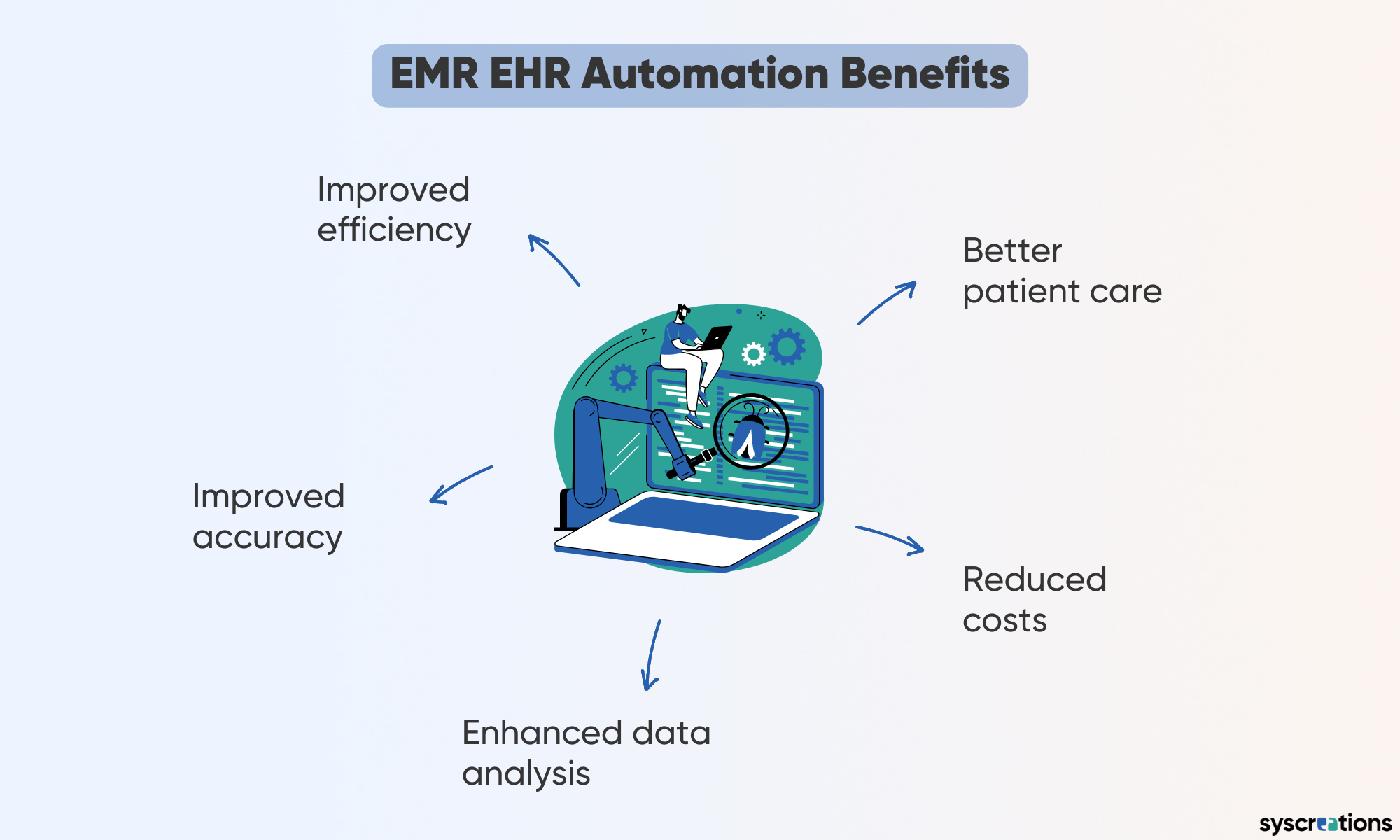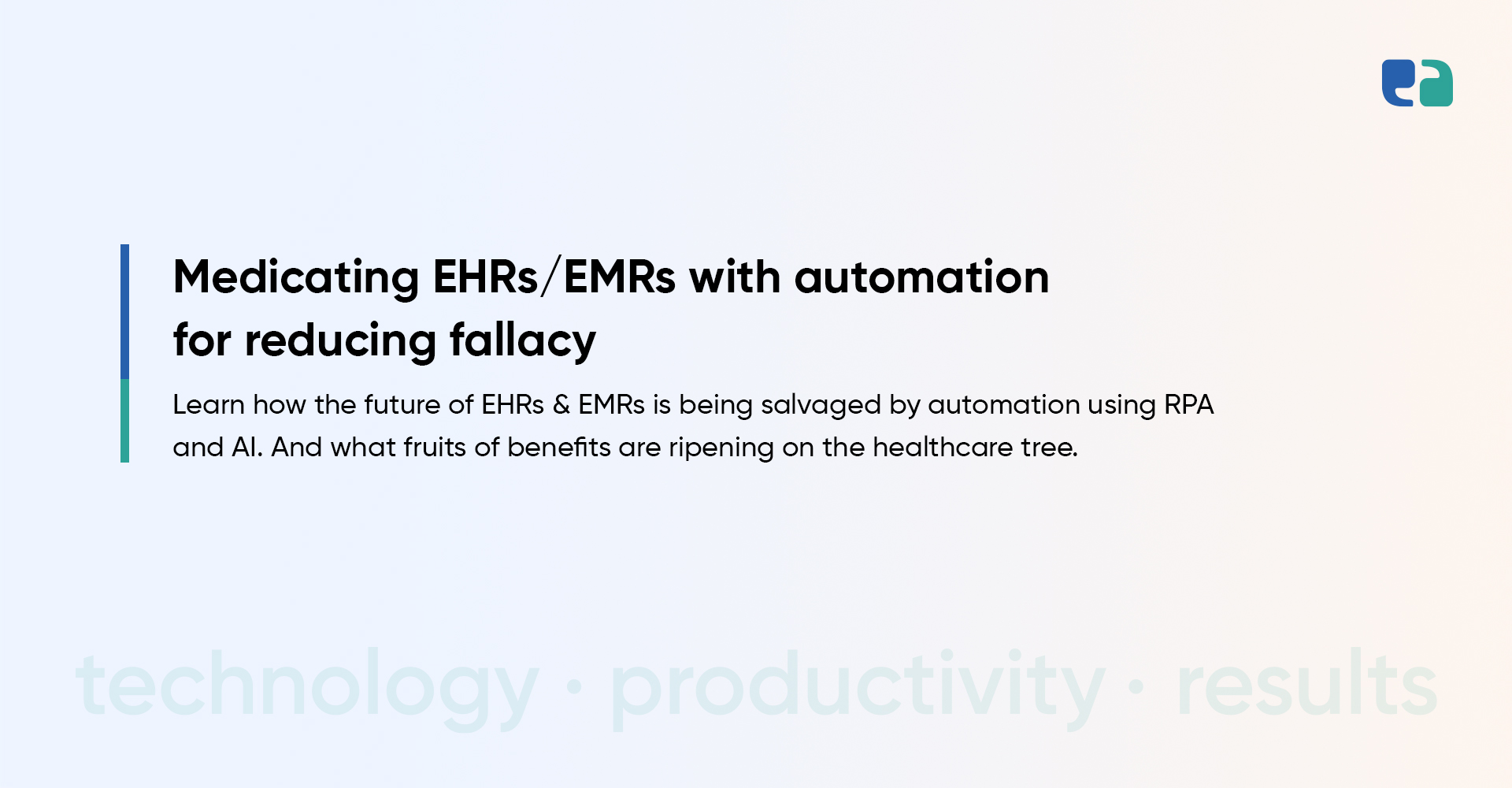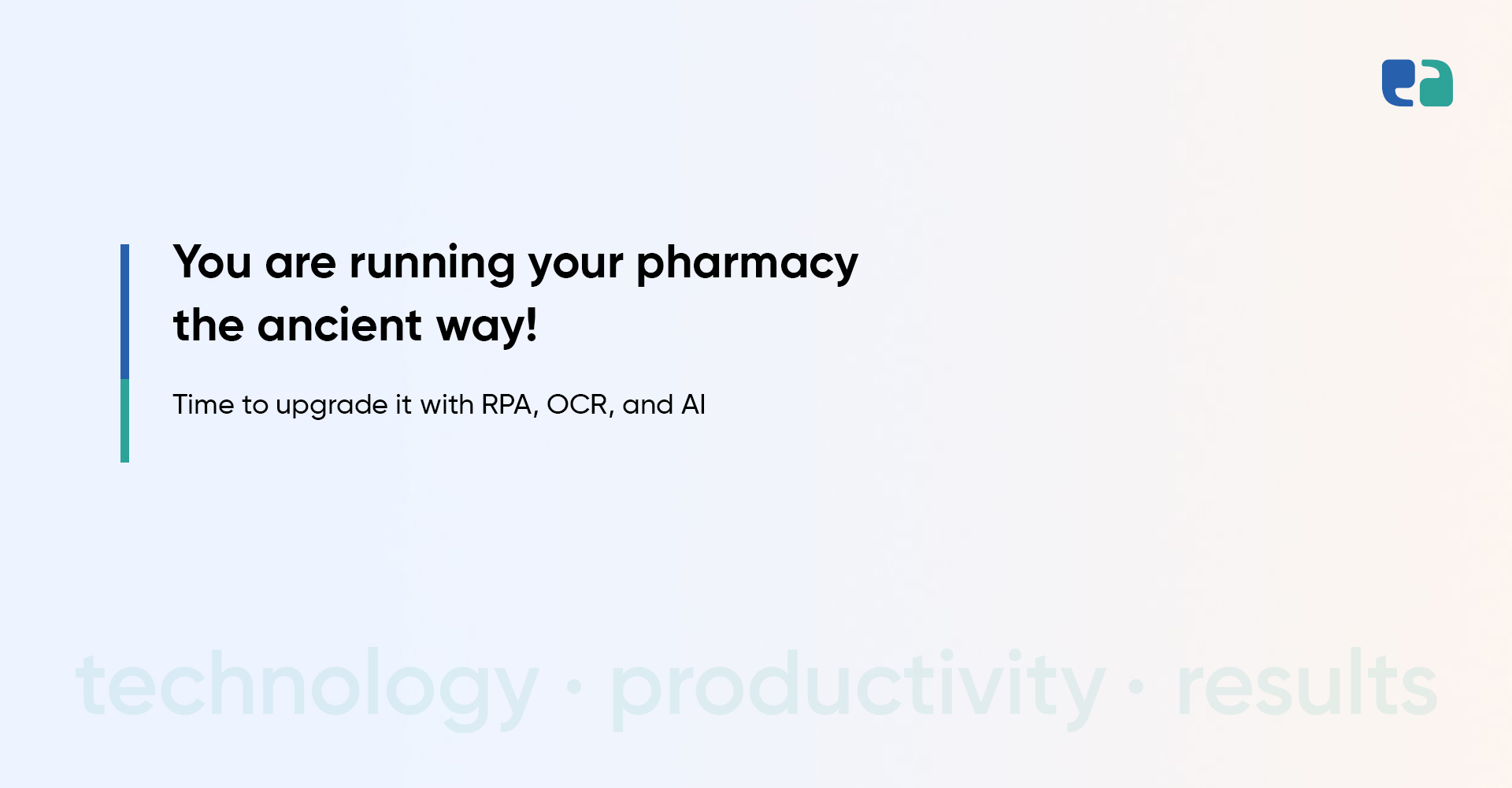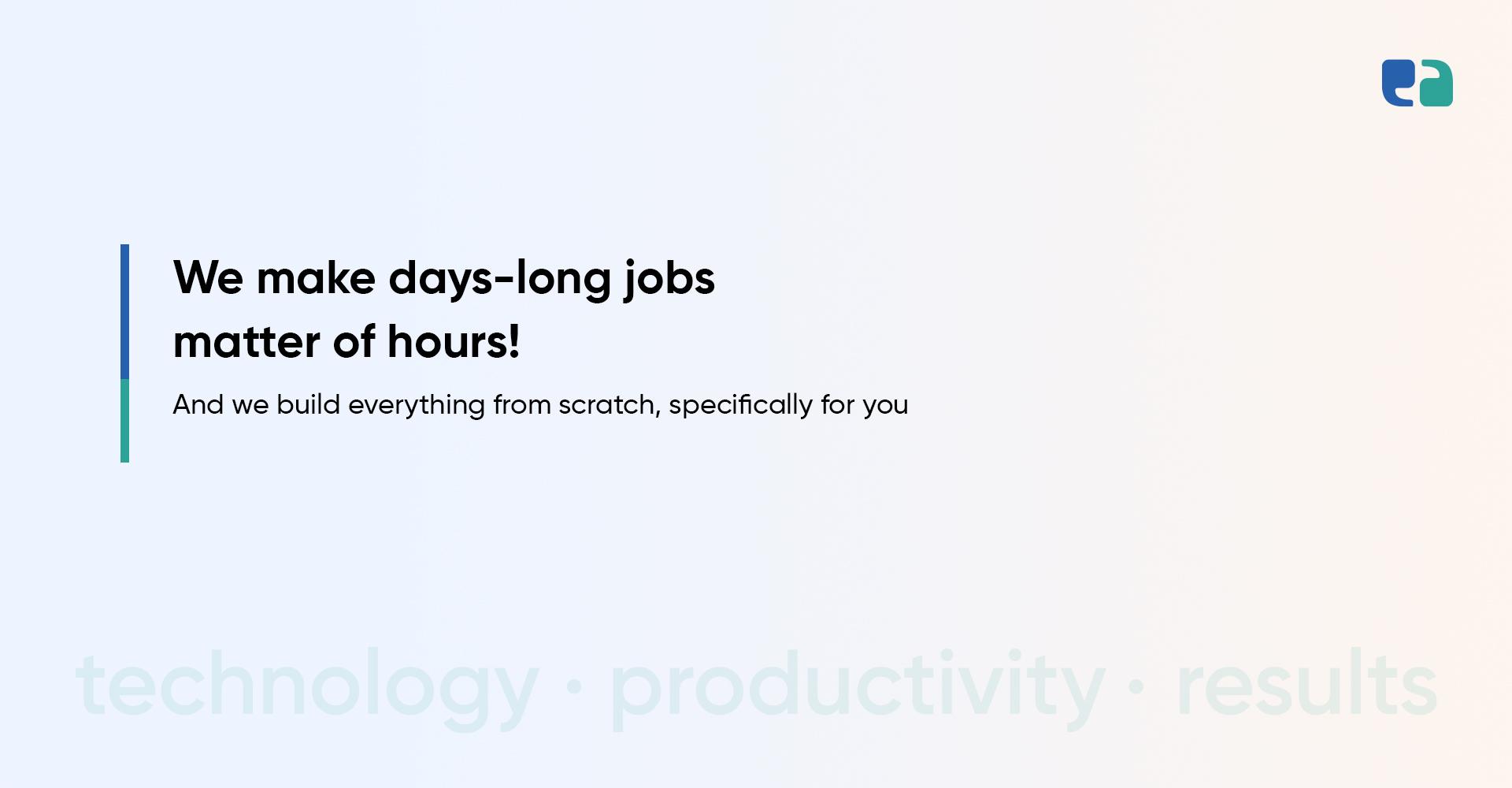It all started in the mid-2000s. When President George. W. Bush signed an executive order that oversaw the development of infrastructure in the field of health information technology including the adoption of EMRs and EHRs.
In 2020, the national electronic health records survey revealed that 89% of physicians reported using an EHR or EMR system. So, before we leap into the future and what it holds for EHR EMR in the field of automation, here are some interesting facts for you all.
- 88% of physicians’ appointments are booked via phone.
- Almost 66% of individuals use the internet to search for their medical issues.
- According to a Stanford Medicine Survey, almost 59% of physicians felt the significant need to change their systems.
- 5% of all Google searches are healthcare-related.
What is EMR EHR automation and how to achieve it?
EHR EMR automation is a process where tedious functions like processing claims to the most typical function, such as rendering thousands of patients’ data into unified medical systems, are done automatically with minimal human effort and interaction.
Automation enables physicians to communicate more effectively as burdens to execute tedious and time-consuming tasks are taken care of, which helps patients to receive better treatment since doctors can make a better choice based on the record. Automation can help patients also by decreasing the cost of medical treatment and facilitating patients’ reporting.
The technology designed to enter data into EHRs automatedly eliminates the risk of human mistakes, resulting in increased expenses and patient damage.
Automation can ensure all tests are saved into the physician/care provider EHR system avoiding accidental omission and loss of revenue due to unbilled difficulties.
EHR EMR automation can take the burden of data entry off of the provider’s plate. They are giving plenty of time to physicians to focus on patient care.
Thus, big changes like AI, RPA, and Clinical Decision Support (CDS) and their presence in the automation increases interoperability and values for the EHRs/EMRs.
Use cases of EMR EHR automation
The future of EHR is optimistic with superior patient care and an easy process for doctors and medical institutions adopting digital technology.
The processes where automation can be used for getting the best of EHRs/EMRs:

Why should you automate EMR EHR operations?
It is not about being biased, but about being real. Giving technology a power to perform tasks does not mean that you are eating up the jobs. Instead, you are making humans more efficient and productive!
There are several genius reasons why should you implement EHR EMR automation at your healthcare settings.

Technologies used to automate EHR EMR operations
The Healthcare industry spends more than $2.1 billion every year on automation to eliminate the poor performance of error-prone tasks centered around data management alone. Just imagine when EMR EHR automation gets combined, the future of EHR and EMR is bright.
Implement EMR EHR automation with confidence, with SyS Creations
We are a Healthcare IT company having domain experts and having a high-quality experience. We can guarantee one thing – marvelous implementation and execution of automation technologies such as RPA, AI & ML, and IoMT with the help of our EHR EMR integration and automation experts.
Moreover, we ensure patient safety in this automation era by securing the future of EHRs and EMRs. We adopt the best security practices for data management and the HIPAA protocol. All our projects follow HL7s FHIR integration standards. Laws and compliance of HIPAA’s supplemental act HITECH.
How do we do this? With the help of our in-house compliance experts and specialist
Because we know public health information (e-PHI) is a highly sensitive form of data.
Let us offer you a detailed compliance consultancy along with implementation and support when you approach us to build secure patient automation for EHRs EMRs.



